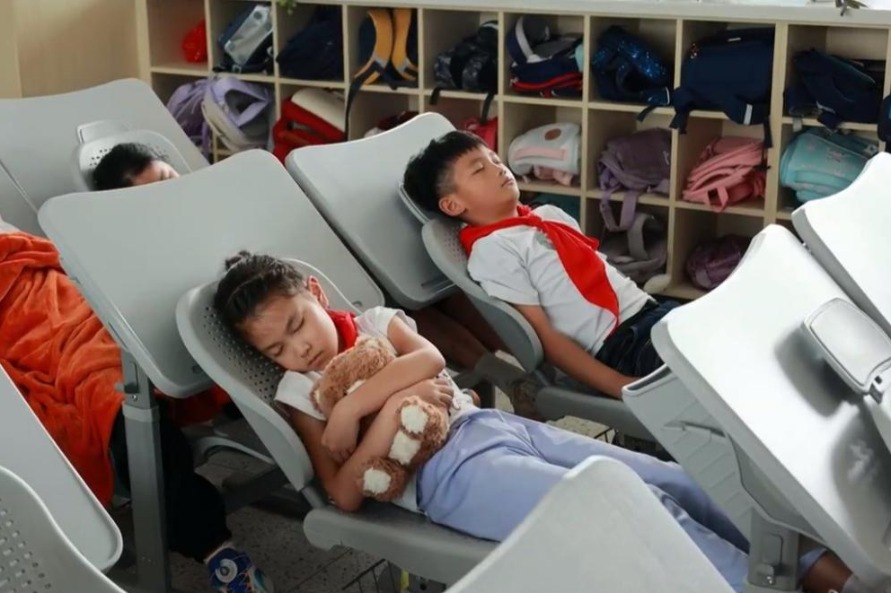China's fiscal funds for education grew 7.9 pct annually from 2012 to 2016

BEIJING -- China's fiscal funds for education in 2016 stood at 3.1 trillion yuan ($480 billion), with an average annual increase of 7.9 percent from 2012.
The ratio of the funds to GDP exceeded 4 percent each year during the period, according to a State Council report released on Saturday.
"Overall funds for education in 2016 reached 3.9 trillion yuan, over 80 percent of which were provided by the government," said the report delivered to the Standing Committee of the National People's Congress (NPC) at its six-day bimonthly session.
Over half of the fiscal funds for education were used for nine-year compulsory education in 2016. Teacher salaries and student financial aid accounted for over half of the fiscal funds for education in 2016, 10.6 percentage points up from 2012, said the report.
Fiscal funds for education transfer payment inclined toward relatively backward areas in 2016, with 84 percent going to central and western regions, which have fallen behind the east.
Compared to 2012, education funds for every junior middle school student, elementary school student and kindergarten kid in rural areas increased in 2016 by over 50 percent on average, said the report.
In 2016, the gross enrollment rates for the pre-school education reached 77.4 percent, 87.5 percent for senior middle schools, and 42.7 percent for higher education. The net enrollment rate for elementary schools was 99.9 percent, said the report.
Over 80 percent of children of migrant workers received education in cities where their parents work.
Since 2012, 698 billion yuan of financial aid has been granted to students from impoverished families.
According to the report, the government will continue to give priority to education. Fiscal funds for education will continue to rise, while society is encouraged to invest more in non-public education.
The focus of fiscal funds for education will shift toward rural areas, old revolutionary bases, ethnic minority areas, and border areas. The integrated development of compulsory education between urban and rural areas need to be strengthened, said the report.
Pre-school, special and online education should be improved. Vocational education and training systems will be optimized. More junior middle school graduates will be encouraged to go to upper middle school, said the report.
- Huangyan approved as nature reserve
- Hongqiao Intl CBD facilitating companies' global ambitions
- Global Public Security Cooperation Forum to be held in Lianyungang
- Huangyan Island National Nature Reserve gets official go-ahead
- A capable assistant in classroom -- Chinese educators embrace AI
- China rolls out homegrown 9-valent HPV vaccine





































